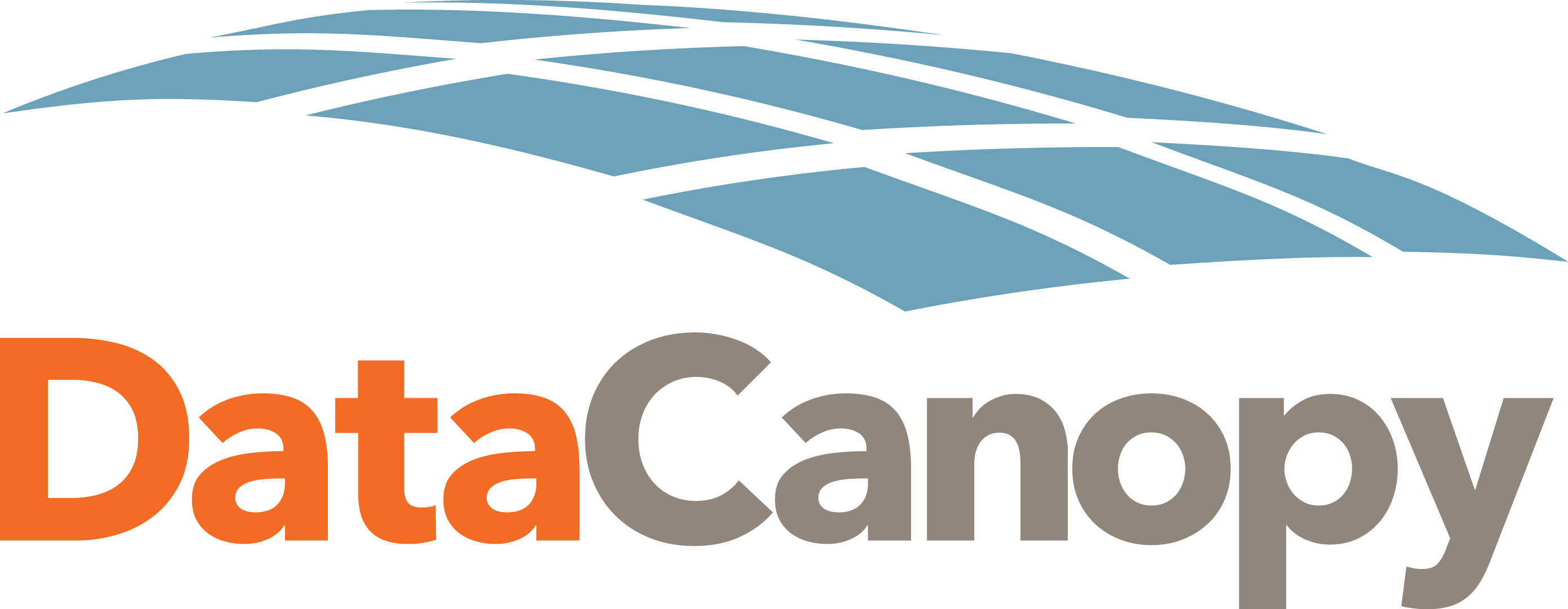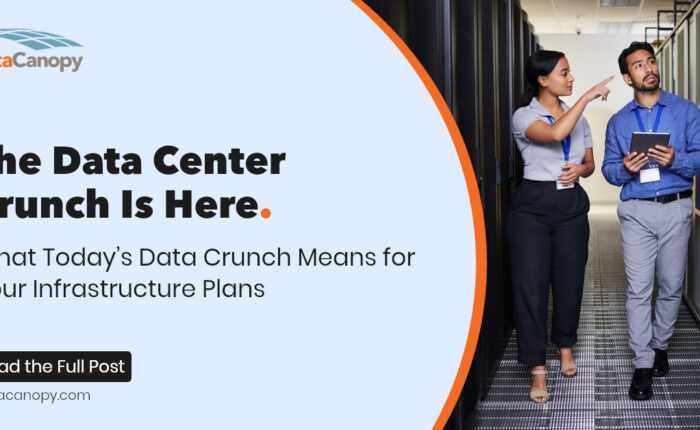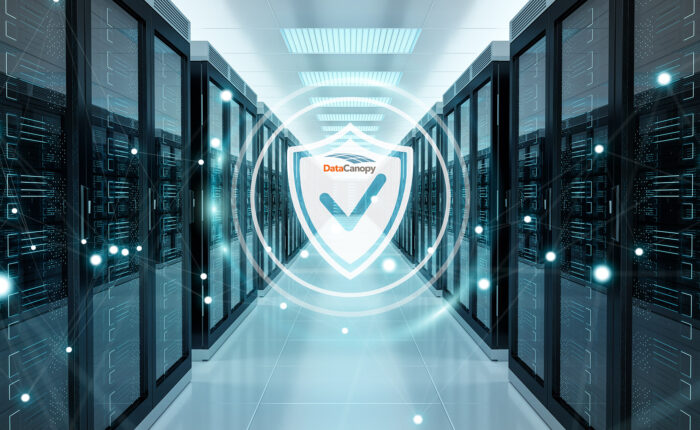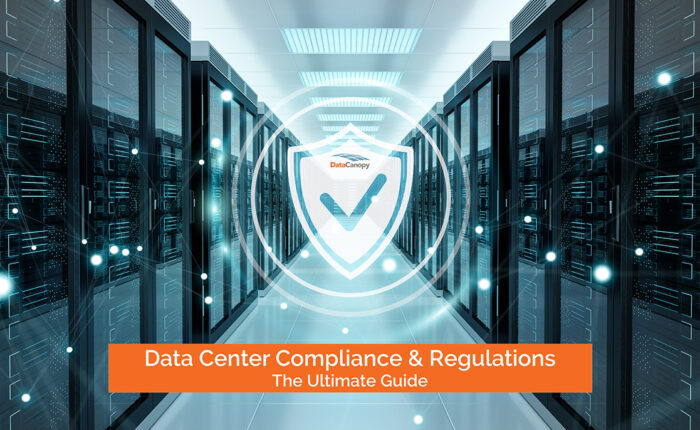
It’s easy to be cavalier about where your hardware is sitting when it is functioning properly and easily accessible. However, there are many challenges facing those who decide to keep their infrastructure in places other than a professional data center. Below are a couple items to think about, and reasons why hosting gear in a data center makes the most sense:
- Downtime Kills Businesses
Downtime is a business killer with 60% of businesses failing within 6 months of a significant loss. For every minute of downtime, the average business loses $9,000. If you haven’t shored up your data center, it could cost you. Many things cause outages, most of which are out of your control. Including but not limited to, hurricanes, thunderstorms, and that pesky construction worker who cuts just a little too deep and hits a wire. Third-party data centers offer SLA’s of over 99% uptime, with some even offering 100% uptime guarantees to help limit your risk of downtime.Third-party data centers are equipped with a myriad of ways to keep the equipment hosted within their walls up and running. Those features include:- Battery Rooms
These are in place to cover the timeframe from when an outage occurs and the generators turn on, resulting in seamless uptime - Generators
Fuel on site can last from several hours to several days depending on power load and capacity - Multi-Power Path Design
A-B circuits, meaning two diverse circuits providing a backup power source. Options typically consist of N+2, 2N, and the rare but ever-exciting 2N+2. N in this case represents each item in the power path from the electrical room to the cage/cabinet. So, for example, 2N results in one extra generator, UPS, etc. for each path down to the PDU.
- Battery Rooms
- Reduce Your Costs
Running a data center is expensive. Let someone else worry about keeping the lights on. Sure, you may be able to build an on premise data center with impressive fire control and cooling mechanisms, but that is costly and will keep your staff focused on the care and feeding of the data center instead of more strategic efforts.Further, when equipment runs at an optimal temperature, free from the typical dust and small debris that is present in office environments, your equipment will last longer. Therefore, making that capital investment spread out over a longer period, saving costs and reducing the number of hardware refreshes you require. - Leverage On-Site NOCs and Professional Support Staff
Most organizations that host on premise monitor their equipment to some extent, but nothing near to what a professional data center’s NOC can do. They are constantly monitoring all aspects of the environment (heat, temperature, particulates for fire suppression, power draw, etc.) This provides a much higher level of knowledge when it comes to the environment surrounding one’s equipment for peak performance and, as mentioned before, frees your staff from tending to the minutiae of the data center to work on more strategic items. The on-site support staffs also provide 24/7 real-time hands on help were issues ever to arise, helping to maintain uptime goals.
For most companies, a third-party data center is the most efficient way of getting the best performance out of hardware and keeping a business… well…in business. Curious what hosting in a high quality, third-party data center will cost you? Contact us today.



